Luoyang Olympic Center (Phase I) Construction Project 1,000 tons
Large Open Spaces: One of the biggest advantages of steel construction is its ability to create expansive, column-free spaces. This is especially important for sports centers, where large, open areas are needed for activities like basketball, volleyball, gymnastics, swimming, or indoor soccer.
Durability and Strength: Steel is a highly durable material that can withstand heavy loads, making it ideal for buildings that host a variety of sports and fitness activities. It can handle high foot traffic, sports equipment, and even structural modifications as the center evolves over time.
Design Flexibility: Steel allows for versatile design, which means a sports center can be customized for specific sports or multifunctional use. The structure can accommodate large roofs, expansive seating areas, and different levels, all while maintaining aesthetic appeal.
Faster Construction: Steel structures are prefabricated off-site, which speeds up the construction process. The use of pre-engineered steel components reduces the time required to assemble the facility, which is particularly important for sports centers that need to open quickly or for cost-effective projects.
Energy Efficiency: Steel sports centers can be designed with modern insulation systems to improve energy efficiency. Additionally, steel's strength allows for the incorporation of high ceilings and wide spans, which can accommodate natural light through skylights or large windows, reducing the need for artificial lighting during the day.
Cost-Effectiveness: Compared to traditional concrete or brick construction, steel is often a more cost-effective material, especially when considering the speed of construction and the minimal need for maintenance. The ability to use steel in modular construction further reduces costs.
Safety: Steel is resistant to fire, which is a critical safety consideration in public facilities like sports centers. Additionally, steel structures are designed to meet high standards of seismic performance, ensuring the safety of the building even in earthquake-prone regions.
Main Sports Arena: This is the central area of the facility, designed for large-scale sports activities like basketball, indoor football, tennis, or other team sports. The open span provided by steel allows for a clear, unobstructed playing field, which is critical for these activities.
Swimming Pool Area: Steel structures can accommodate the complex requirements of an indoor swimming pool, including water treatment systems, ventilation, and appropriate roofing to manage humidity and temperature. The pool area is often separated from the main arena to prevent humidity from affecting other sports activities.
Fitness and Gymnasium Area: A gym space with weight machines, cardio equipment, and open areas for exercise classes is typically included in a sports center. Steel-framed buildings offer the flexibility needed to incorporate large windows for natural light, high ceilings for air circulation, and space for specialized fitness activities.
Changing Rooms and Locker Rooms: Locker rooms are essential in any sports center, offering spaces for athletes to change and store their belongings. These areas are usually equipped with showers, lockers, benches, and restrooms, all designed for high traffic and ease of use.
Seating and Viewing Areas: Sports centers often include bleachers or seating areas for spectators. Steel structures can support tiered seating and grandstands, as well as provide access for large crowds to enter and exit safely during events.
Administrative Offices: Administrative spaces are required for managing the daily operations of the sports center. These offices typically house event coordinators, management staff, and customer service personnel.
Multipurpose Rooms: These are flexible spaces used for activities like aerobics, yoga, martial arts, or community events. Steel’s ability to provide large, adaptable spaces makes it ideal for multifunctional rooms that can be used for a variety of purposes.
Roof Design: Steel’s ability to create large, open roof spans is ideal for sports centers, as it avoids the need for internal columns that could obstruct views or playing areas. Curved or dome-shaped roofs are also common in sports center designs, providing both aesthetic appeal and practical benefits such as water drainage.
Natural Ventilation and Light: Steel structures allow for large windows, skylights, and ventilation systems, which help reduce the need for artificial lighting and air conditioning. This makes the facility more energy-efficient and comfortable for users.
Sustainability: Steel is a recyclable material, and many sports centers use recycled steel in their construction. Additionally, energy-efficient building practices (such as solar panels or green roofs) can be incorporated into the design to minimize environmental impact.
Accessibility: Steel-framed sports centers are designed with accessibility in mind, including wheelchair ramps, elevators, and seating areas that accommodate people with disabilities, ensuring compliance with accessibility standards.
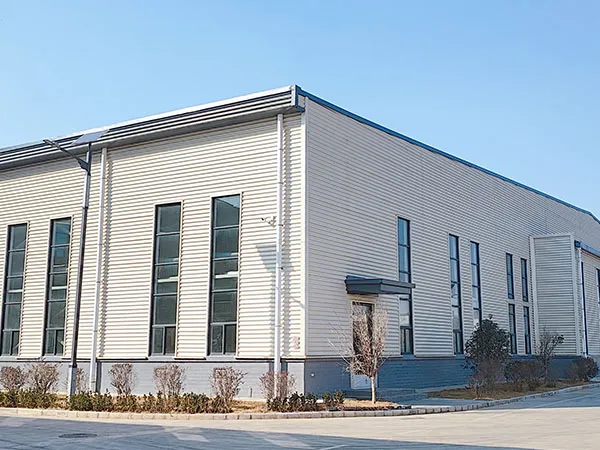
Steel Structure Workshop
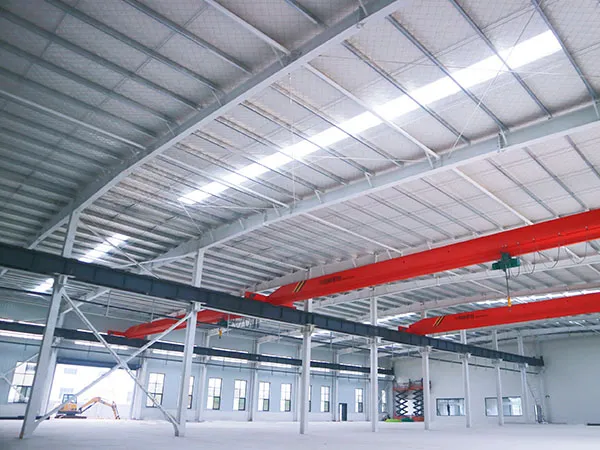
Steel Structure Factory
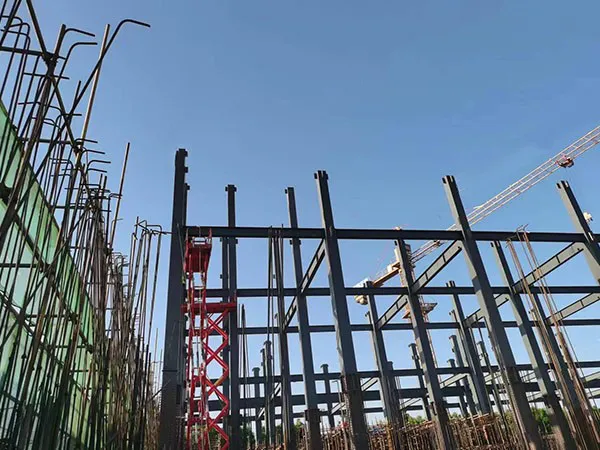
Steel Structure Cold Storage
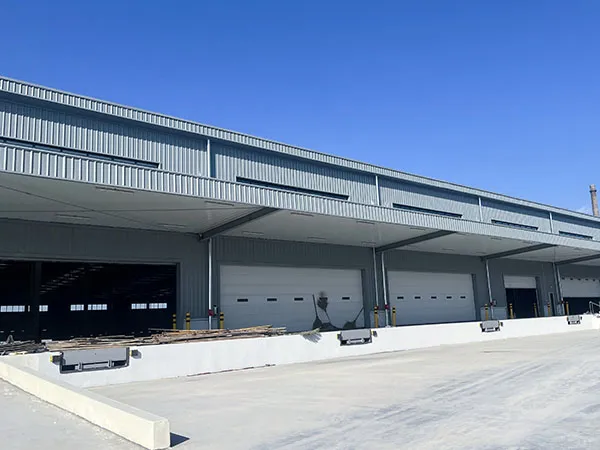
Logistics Park B04 Warehouse Steel Structure Project
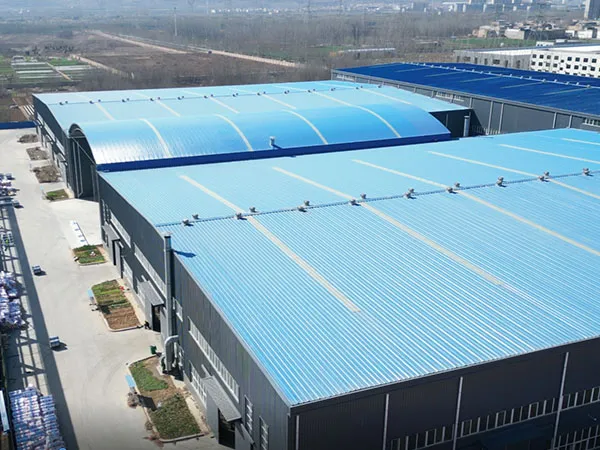
Fuchong Intelligent Glass Tempering Equipment Project
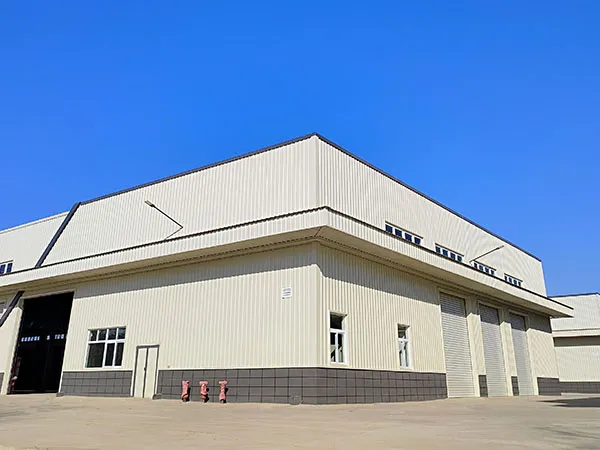
Henan Jiyuan South Passenger Transport Station Steel Structure Engineering Design Project
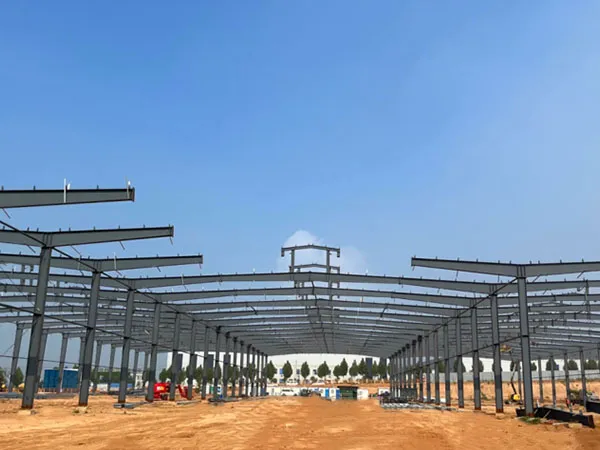
Luoyang Shangke Electrical Technology Co., Ltd. Project
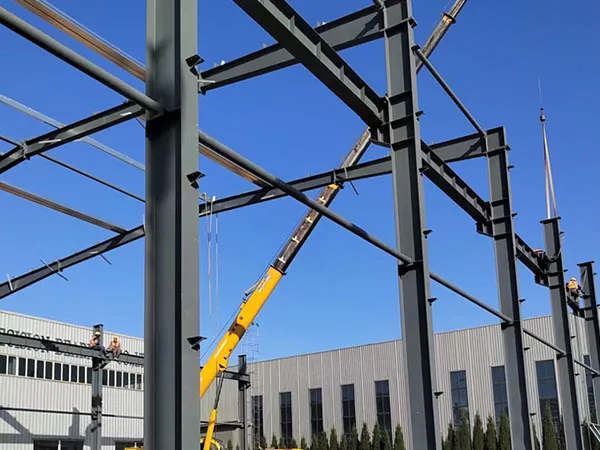
Luoyang Zhongyue Precision Bearing Co., Ltd. Steel Structure Plant Project